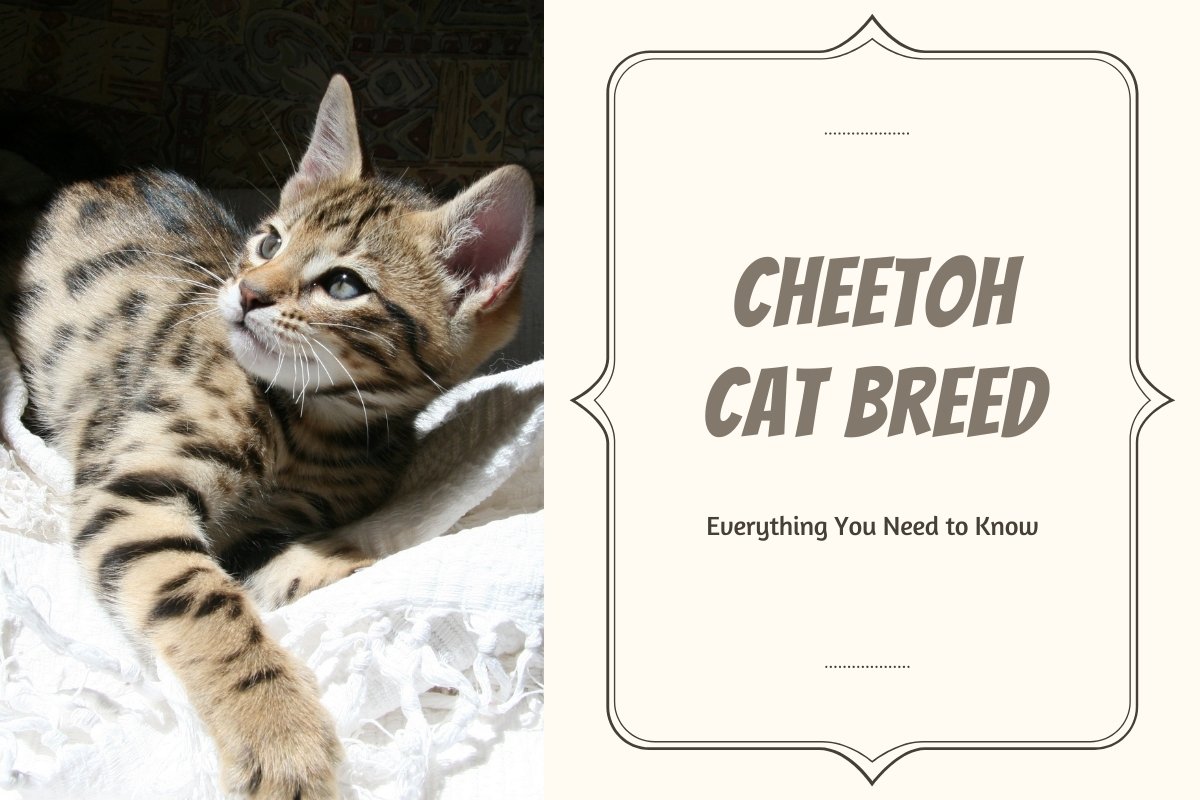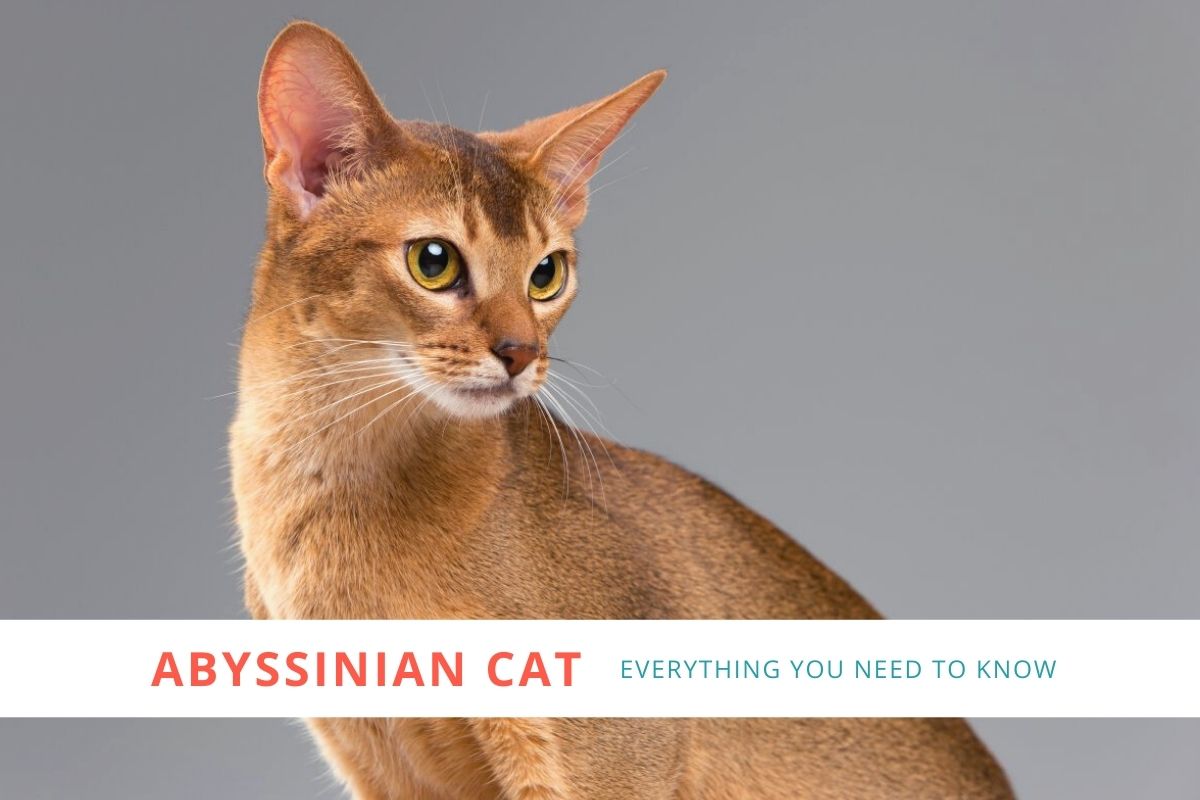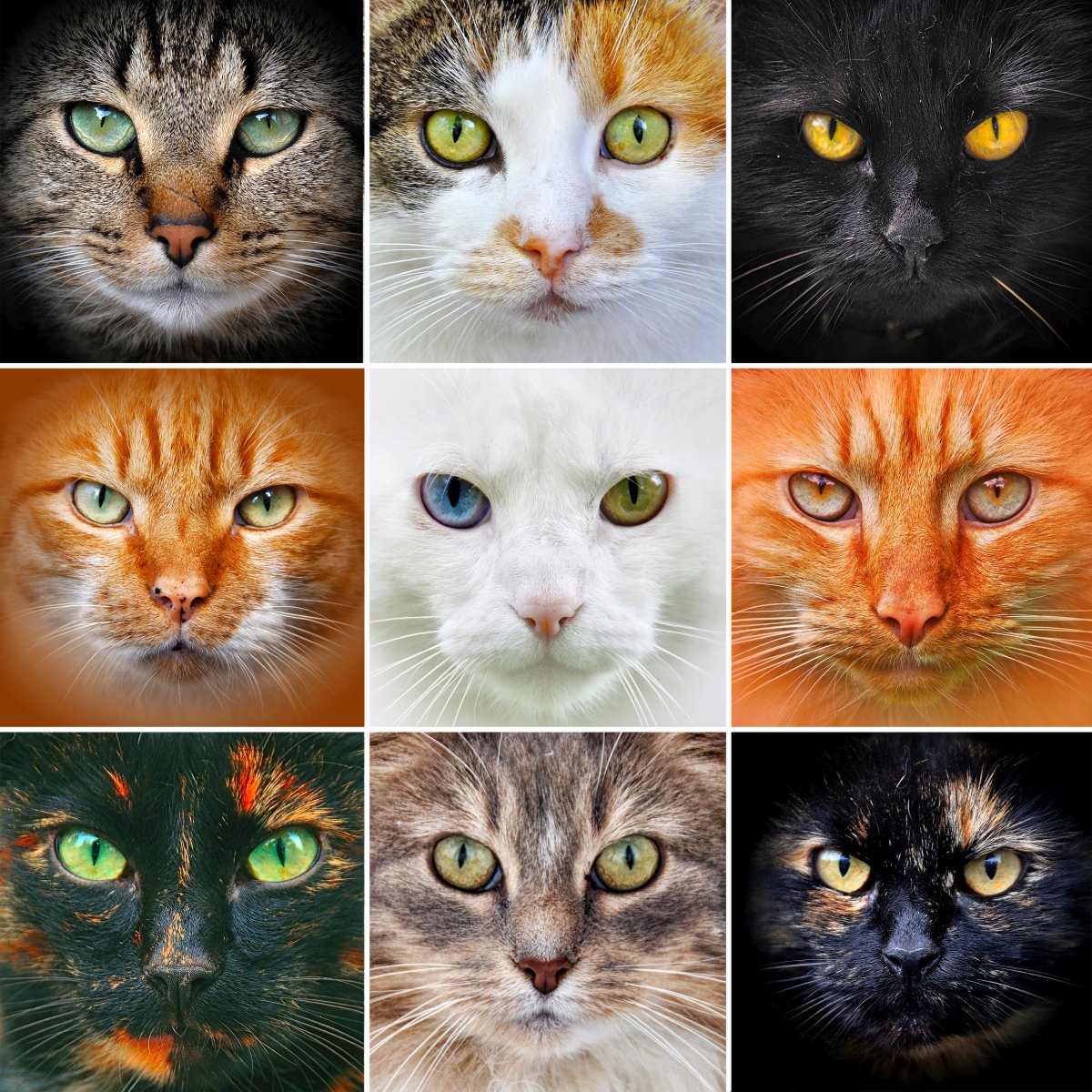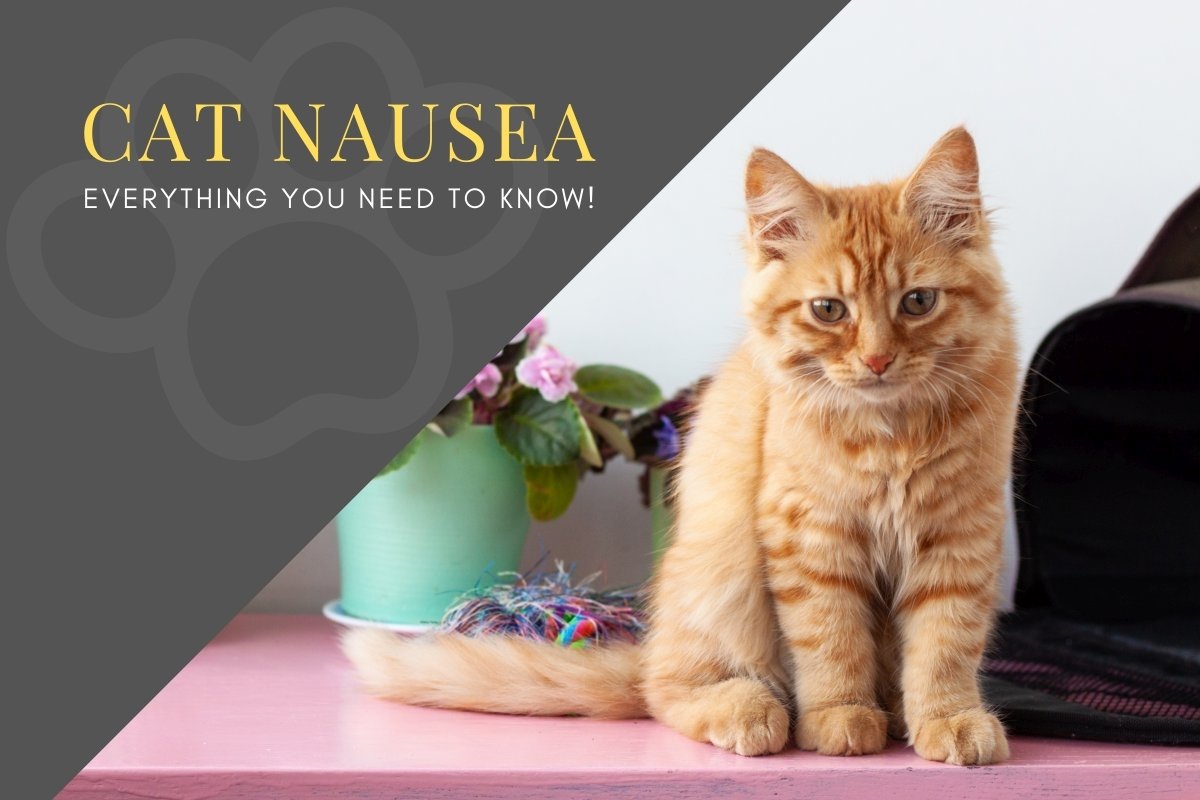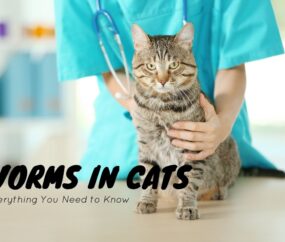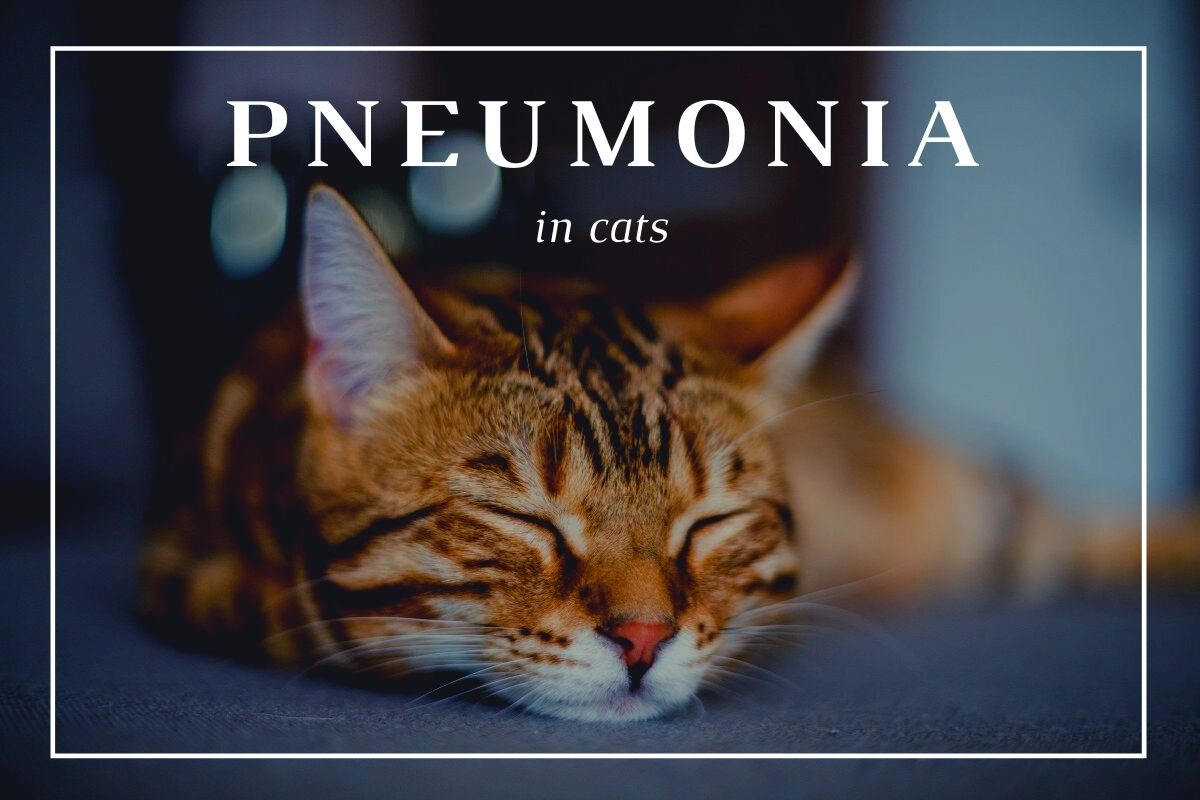Cats are undoubtedly the favorite pets on the planet, and that’s why whenever you go out, even for a walk, I’m sure you will be able to spot a few on the sidewalk since they are very common. They have numerous different breeds, one of which is the Cheetoh cat breed.
To find out more about Cheetoh cats and how they came into existence, keep reading!
The History of Cheetoh Cats
Cheetoh cats weren’t originally a natural breed; they came to life through the efforts of a developer known as Carol Drymon in 2001, who crossed a Bengal cat with an Ocicat. Therefore, it can be said that their breed originates from the Siamese and Abyssinian breeding stock.
Since they were developed in 2001, they are still a relatively new breed; however, their appearance and personality make them increasingly popular nowadays.
Characteristics
Cheetoh cats have a lot of distinctive features that make them attractive. They are known to have a friendly and curious temperament, and they own a pretty energetic and smart personality.
Speaking of physical appearances, Cheetoh cats have a natural printed, short grown fur in many shades, including; snow spotted, blue marbled, snow marbled, brown spotted, silver spotted, brown marbled, cinnamon spotted, etc.
They usually have green or golden eyes in a round shape, and their legs and paws are pretty muscular. Their height is about 12 to 18 inches, and their weight varies from 12 to 25 pounds. They can live for about 15 to 20 years.
Cheetoh Cats Being Hypoallergenic
Cheetoh cats are, as a matter of fact, hypoallergenic. Although cats can just come close to the hypoallergenic category, they fall pretty much on point. This is because they don’t shed or produce dander, two of the main things igniting humans’ allergies. Therefore, they are the most suitable and appropriate choice for big families that can provide them with sufficient care and a lot of love.
Cheetoh Cat Price
Due to their unique and distinctive features, Cheetoh cats are pretty high in demand. Prices of Cheetoh cats vary on a lot of different factors like their breeder, the company, how well they have been taken care of, etc. If you purchase your Cheetoh cat from a good breeder, you will have to pay a little more than the usual amount.
The usual Cheetoh price can cost you up to $800. But you can expect to pay less if you’re buying one with unknown markings or insufficient lineage information.
Due to the scarcity of this breed, considering it is so new, there isn’t an adoption alternative available, so you will have to purchase it.
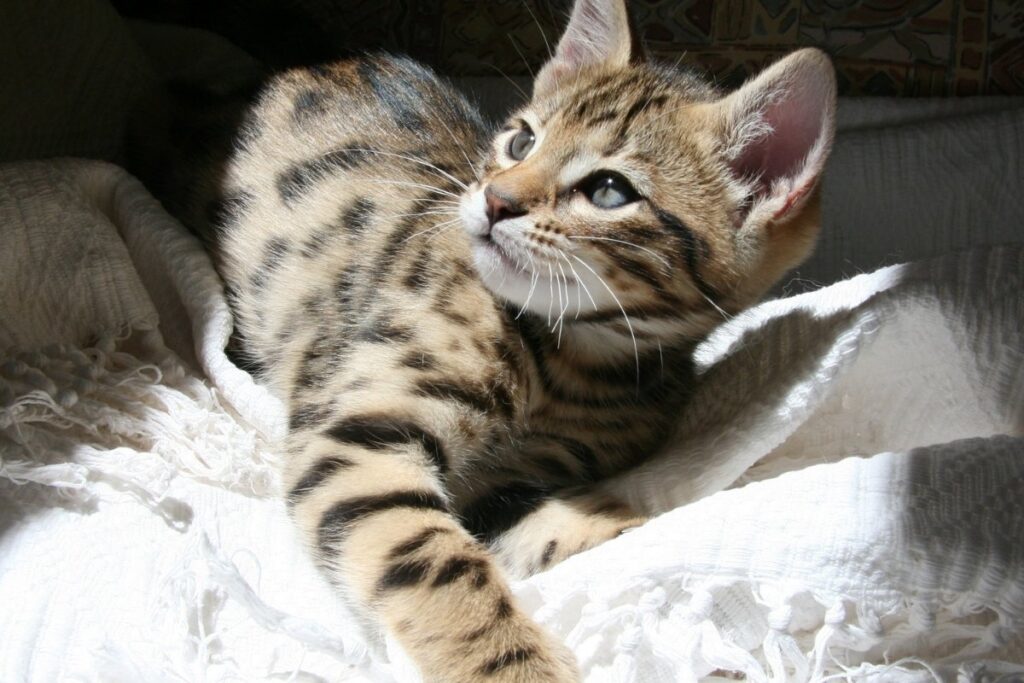
Health Concerns
- Since Cheetoh cats are of Bengal origin, many of their health problems are related to the ones Bengal cats usually have. First of all, Cheetoh cats have a muscular body with glossy fur that tends to get really heavy when it’s wet. This isn’t a health concern per se, just something they have adopted from the Bengal cat’s nature.
- When we talk about serious health concerns, several cases have been reported with the cat having an eye infection that was pretty popular with the Bengal cat breed. Due to their nature, many diseases affect their eye leading to infections like myopia, which reduces the clarity of sight, and glaucoma, where pressure on the eye damages the optic nerves.
- Aside from eye problems, Cheetoh cats are also prone to dental issues like toothaches and gum diseases. These infections can also add to intense pain in their mouths, hindering the ability to chew properly. Moreover, according to the cat cancer center, the bacteria can develop a yellow plaque on the gums if proper dental care isn’t provided.
On the contrary, Cheetoh cats usually aren’t prone to mouth ulcers or cancer compared to other breeds.
- Cheetoh cats can also develop hip dysplasia, making it difficult for them to walk by causing lameness in the hind legs. It is hard for them to perform their usual movements if they have this condition because it directly affects their joints and intensifies the pain. This can also lead to joint deterioration and arthritis in the long term. A major factor causing hip dyslexia in cats also relates to their heritage.
- Diabetes can also affect Cheetoh cats when their body’s sugar level rises more than normal. This can contribute to loss of sight, pancreatic infections, kidney failure, and death in extreme cases.
Signs to look for if you think your Cheetoh cat has diabetes:
- Loss of appetite
- Lethargic
- Extreme thirst
- Easily fatigued
- Kidney disease
- High blood glucose levels
- Extreme muscle twitching
- Low urination
Treating Medical Issues
The above discussed medical concerns are possible in Cheetoh cats. If you notice any signs that may indicate that your cat would have any of these diseases, rush to the vet or a professional for a treatment as soon as possible.
Often, we tend to self-diagnose our animals according to what we see. But the truth is, you can’t feel their pain, you can’t feel what they are experiencing, and they can’t convey it to you. So the best option is to get a professional opinion so that you are sure about what’s going on and what you have to do.
Final Words
Overall, Cheetoh cats are possibly the best cat breed to have as pets because they possess tons of appropriate features that make them eligible to keep at home. They are friendly and suitable for family as they are hypoallergenic, and above all, are adorable to be around. They aren’t much demanding, just a few cuddle sessions a day can be pretty satisfying.

